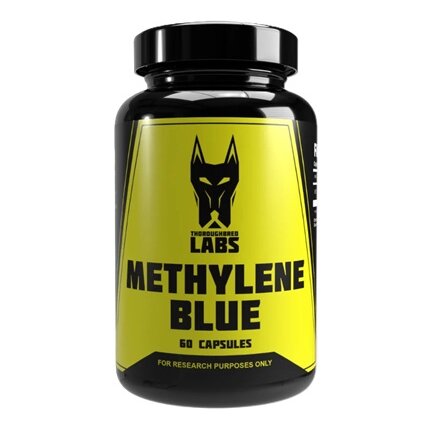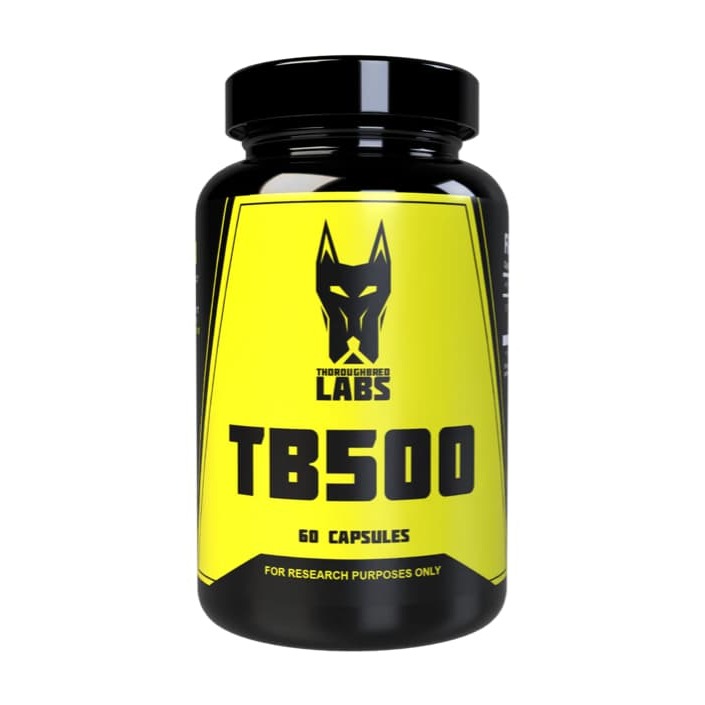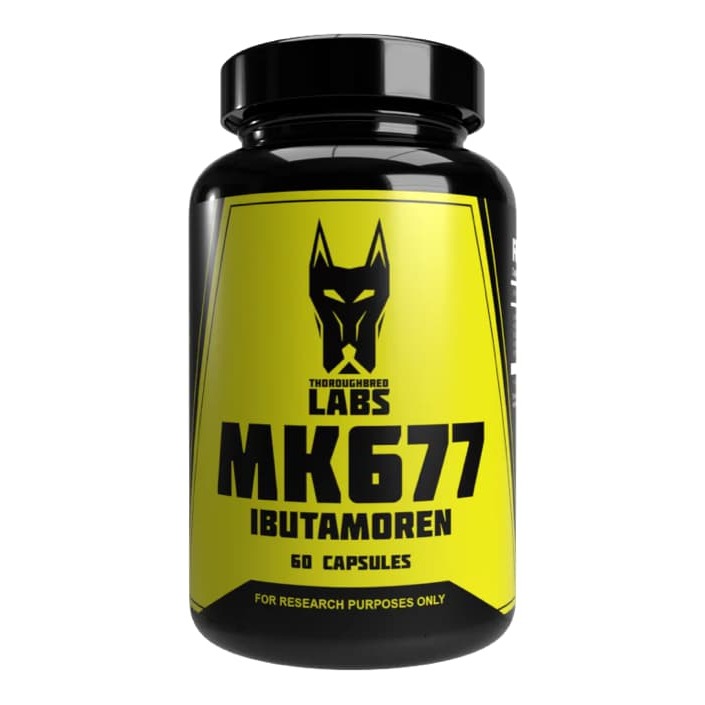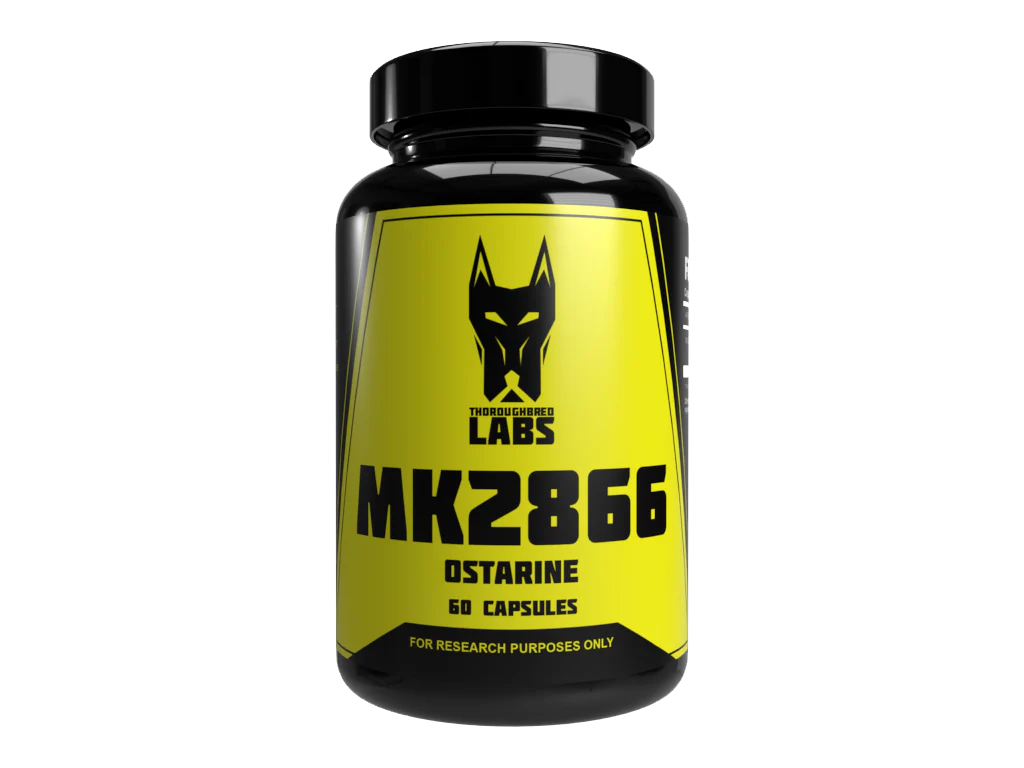Description
In mammalian studies, methylene blue (MB) has been widely explored for its diverse pharmacological and physiological effects. Its benefits can be grouped into several categories, depending on the research context:
1. Mitochondrial and Cellular Energy Support
- Electron carrier role – MB can bypass damaged segments of the mitochondrial electron transport chain (especially Complex I and III) by directly shuttling electrons to cytochrome c.
- Improved ATP production – In models of neurodegeneration or ischemia, MB can enhance mitochondrial respiration and maintain ATP levels.
- Reduced oxidative stress – Acts as an alternative electron acceptor, reducing excess superoxide generation.
2. Neuroprotection
- Cognitive enhancement – In rodent models, low doses of MB have been shown to improve memory consolidation and learning, possibly via enhanced mitochondrial function and reduced protein aggregation.
- Alzheimer’s and Parkinson’s models – MB can inhibit tau aggregation and reduce amyloid pathology in transgenic mouse models.
- Stroke and TBI models – MB administration reduces infarct volume, improves behavioral outcomes, and preserves mitochondrial integrity.
3. Antioxidant and Anti-inflammatory Actions
- Redox cycling – MB can oscillate between oxidized and reduced states, scavenging reactive oxygen/nitrogen species.
- Inhibition of nitric oxide synthase (NOS) – Helps limit excess nitric oxide, which can contribute to mitochondrial damage and inflammation in certain pathological states.
4. Methemoglobinemia and Blood Oxygenation
- Clinical translation from animal models – MB is used to treat methemoglobinemia by reducing ferric (Fe³⁺) hemoglobin back to the ferrous (Fe²⁺) state, restoring oxygen-carrying capacity.
- In experimental setups, it’s sometimes used to assess or treat induced blood oxygenation deficits.
5. Antimicrobial and Antiparasitic Activity
- Bacterial and viral models – MB has photodynamic antimicrobial effects when combined with light, producing singlet oxygen and damaging microbial membranes.
- Malaria research – In rodent malaria models, MB acts as a redox-active antimalarial drug, interfering with Plasmodium falciparum’s redox systems.
6. Potential Longevity and Metabolic Research
- MB’s mitochondrial-supportive and antioxidant effects have made it a candidate in rodent aging studies, with some reports of improved motor function, cognitive resilience, and reduced protein misfolding over time.






